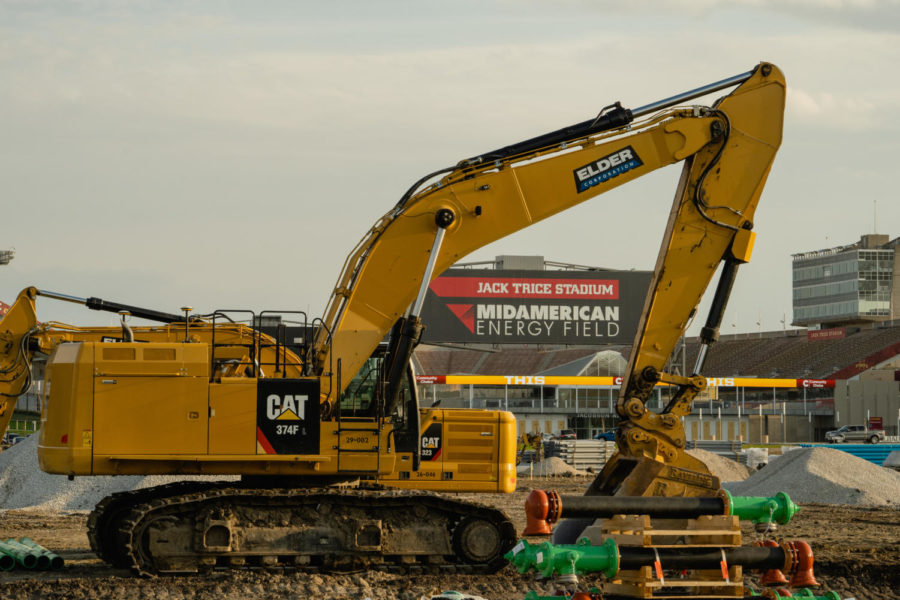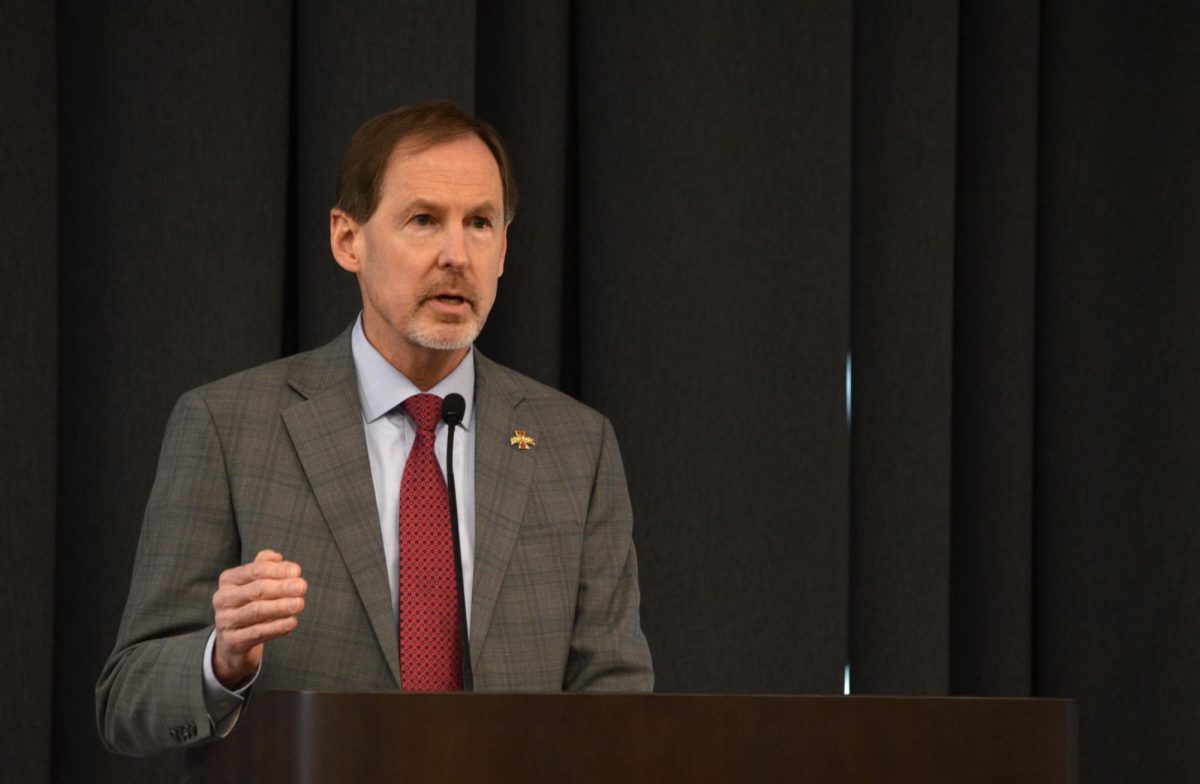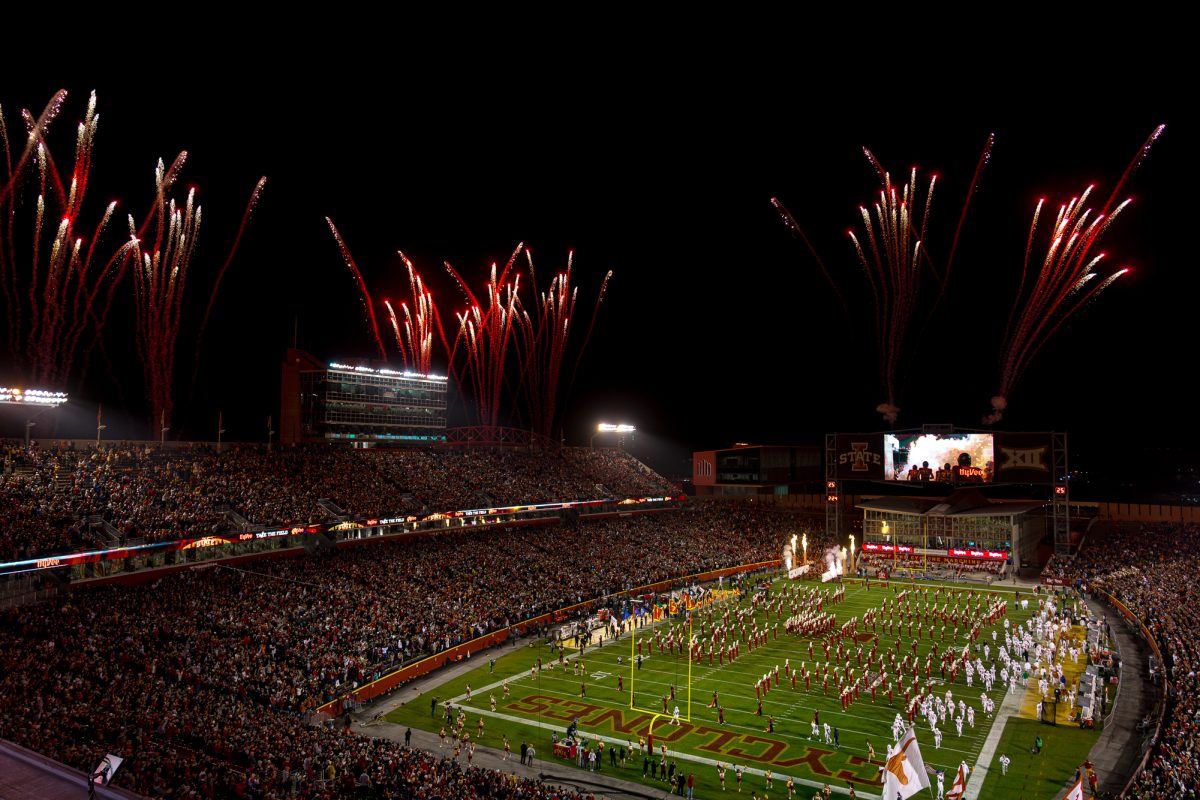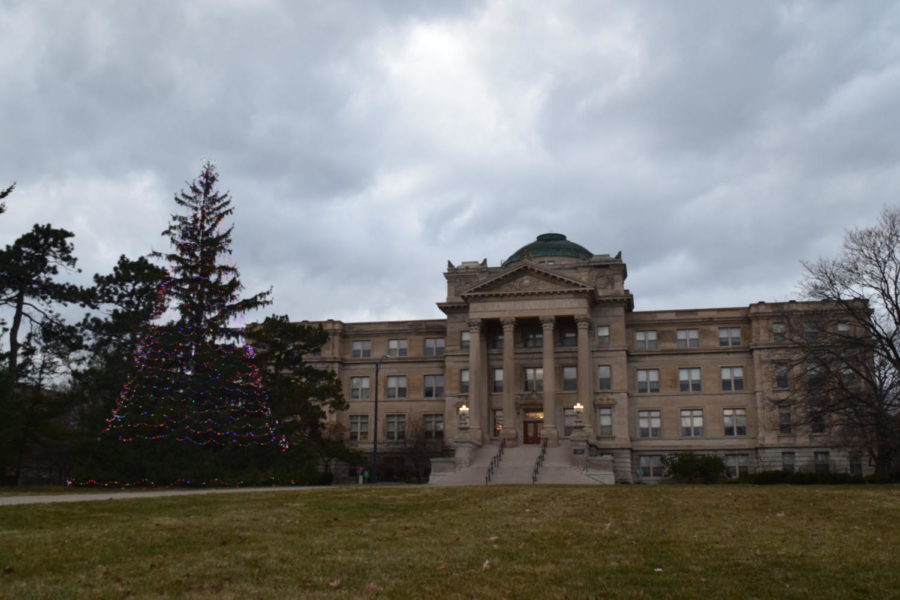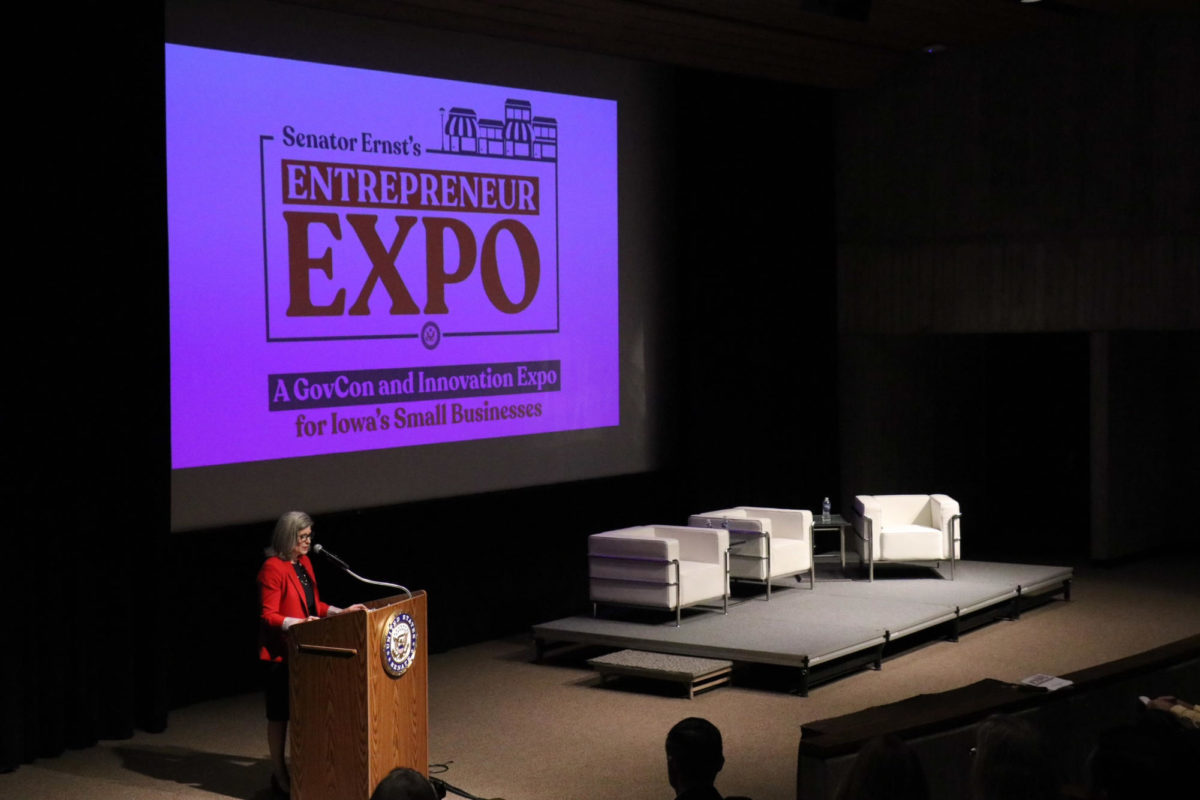Name, image and likeness (NIL) has burst onto the college athletics scene, helping college athletes earn, at times, millions of dollars. Donors must choose whether to give to collectives or contribute to the budget of the department responsible for stadium maintenance and coaches’ salaries.
NIL collectives are separate entities from Iowa State, meaning the funds are handled outside of the athletic department budget. Collectives, like the We Will Collective, have raised funds to pay Iowa State student-athletes.
Since donations to collectives are not routed through athletic departments, donors who have long donated to the athletic department may choose to donate to the collective instead.
The ISU Athletic Department does not expect a drop off in donations as a result of NIL, according to Chris Jorgensen, senior associate athletics director for operations.
“We’re seeing strong consistency in our donor base, particularly our annual fund,” Jorgensen said. “We haven’t seen a drop-off and don’t expect to see a drop-off caused by NIL. We’ve got a loyal fan base that continue to fill our stadiums, and that’s one thing that we’re really blessed with as an athletic department is our loyal fans and our strong attendance at all of our sports.”
Contributions were up $6.8 million in fiscal year 2023 (July 1, 2022–June 30, 2023) compared to fiscal year 2022 (July 1, 2021–June 30, 2022). The 30% increase was a bump from $22.2 million to $29 million.
Donations comprised 25.16% of the athletic department’s $115 million revenue in fiscal year 2023. In 2022, donations were 19.96% of the $111.2 million in total revenues.
Despite the fiscal year 2023 increase in giving, donors have increasingly more options with how they can support the athletic department, like donating directly to the We Will Collective, the Cardinal and Gold Collective, Ames NIL Club or purchasing products like vodka, pizza, beer and apparel.
“[NIL] certainly has the potential of impacting future giving,” Jorgensen said. “There’s only so many dollars to go around. Some will elect to give to We Will, and some will elect to continue with Cyclone Club members and ticket holders.”
Additional donation options are now abundant, but Jorgensen said that does not mean there are equally abundant funds.
“It’s not that there’s this new pool of money that was created when NIL came into being. It’s just donors and fans are now allocating their dollars one way or the other,” Jorgensen said.
Year-to-year variation in giving can come from specific projects, which Jorgensen said he expects to continue, like the pedestrian bridge, which brought in $10 million of gifts to fund the project. Jorgensen said annual giving has been “steadily increasing.”
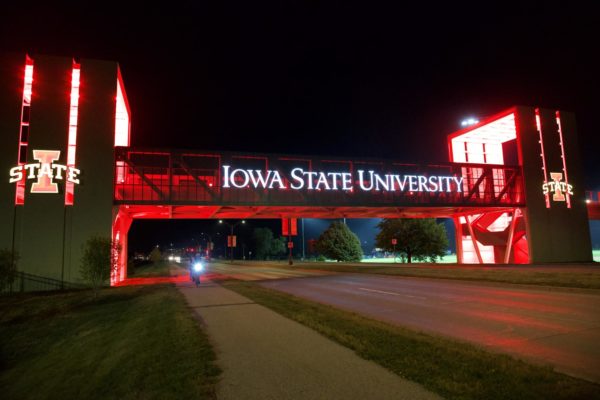
“It will impact our industry in certain ways, in that the next time that there is a large facility project and that we need to fundraise for that, some of those dollars have probably gone on to the NIL collective,” Jorgensen said. “We’re not saying that is right or wrong or bad or good. It’s just fact of the matter is there is only so many dollars, and they’re going to get allocated certain ways.”
The strategy of living within its means remains for the athletic department.
“Our strategy is to live within our means and spend within our means, and we’ll continue to do that based on what we can generate from ticket sales and annual giving,” Jorgensen said.
NIL is not the only recent factor changing the financial landscape for the athletic department. Conference realignment will have a “huge impact” in the short term, according to Jorgensen.
The realignment, for the short term, has changed university revenues for TV deals.
“We added four new members to the conference and are operating under the same television agreements that we had prior, so the revenues that were previously distributed among 12 teams are now distributed among 16,” Jorgensen said.
Media rights in fiscal year 2023 totaled $24.8 million, while in 2022 media rights were $27.08 million.
Accounting for the short-term impacts and embracing the potential of a bigger conference were calculated, according to Jorgensen.
“There’s tremendous opportunity for growth for this conference, and we’re excited about it in the long term,” Jorgensen said. “But there’s certainly some short-term impacts that we’ll see, but we’ve accounted for those and planned for those in our forecast. We knew those were coming and believe that the short-term challenges are going to be offset by the long-term returns and investment in the conference and its membership.”
CYTown, other construction
Iowa State will not pay for the buildings that are part of CYTown, an entertainment district currently under construction in the Iowa State Center between Jack Trice Stadium and Hilton Coliseum.
The building of the entertainment district, initially valued at $200 million, involves raising the parking lots and addressing infrastructure needs.
Portions of the project are paid for with athletic department and university funds, including private donations.
“One misunderstanding that many have is they believe Iowa State is going to be building the buildings within CYTown,” Jorgensen said, including that the first building to be built in CYTown will be constructed by McFarland Clinic. “Those will be largely built by private developers…So that’s not a university-funded project. That’s privately funded, as will be the majority, if not all, of the buildings within CYTown.”
Although the construction will be funded by the businesses within CYTown, the university will own all of the land and buildings within CYTown, according to Jorgensen.
McFarland Clinic is currently the only confirmed tenant for the entertainment district.
Starting spring 2024, renovations will begin on the Scheman building with hopes to finish by the end of the calendar year 2024. Funding the project will be future revenues hoped to be generated by CYTown.
The athletic department is renovating the indoor tennis facility in west Ames to accommodate the volleyball team, while the tennis team will relocate to the ISU Research Park. The ISU Research Park facility, Ames Racquet and Fitness, will undergo renovations, and both are expected to be finished by the end of the calendar year 2024.
The video boards at Jack Trice and Hilton will be replaced over the next two years. Hilton Coliseum video boards will be replaced beginning summer 2024. The Jack Trice video boards will be a 2025 project. Jorgensen said he hopes the Board of Regents will approve Jack Trice video boards yet this month.
“Lastly, we’re in the midst of looking at a possible wrestling facility project where we would acquire a building in west Ames that is currently used by a club basketball team, and then we would acquire that building and renovate it and make it into a wrestling practice facility,” Jorgensen said.
That, too, is in the process of Board of Regents approval and design.


